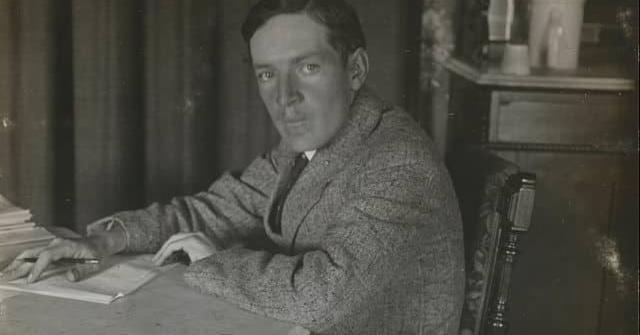In The Pilgrim’s Progress, a character concentrated on raking filth rather than his own salvation. He was called the man with the muck rake. In a speech delivered in 1906, Theodore Roosevelt mentioned the character, stating that “there are times and places where this service is the most needed of all services that can be performed. But the man who never does anything else, who never speaks or thinks or writes, save of his feats with the muck rake, speedily becomes, not a help but one of the most potent forces for evil.” Roosevelt’s remarks were directed at an emerging form of journalism, whose practitioners became known as muckrakers following his speech.
Muckrakers became a force in the Progressive Era, exposing abuses in industry, politics, financing, and publishing. Roosevelt’s use of the term was deliberately derisive, as he warned of the need for those exposing abuses to be absolutely accurate rather than deliberately sensational. Despite his labeling of many of them as what would today be called fake news, muckrakers thrived, especially in magazines and semi-fictional novels. The journalists known as muckrakers loathed the name, and considered Roosevelt’s use of the term a betrayal after many of them had supported him in office. Today, they would be called investigative journalists.

Here are ten muckrakers whose work changed American society and history.

Ida Tarbell
Ida Tarbell was a Pennsylvania born teacher of geology when she discovered that she preferred writing to conducting classes. A graduate of Allegheny College, Tarbell moved to Paris to study historical research. While there she wrote articles for several publications, including McLure’s Magazine, which ran a series she wrote on the life of Napoleon. Her work was popular with McLure’s readers, and after returning to the United State Tarbell wrote a series for the magazine on Abraham Lincoln. The twenty installment series was meticulously researched by Tarbell herself, using obscure records and other documents she found in Kentucky, Indiana, and Illinois.
The series on Abraham Lincoln led to Tarbell’s national reputation as a writer and lecturer. She used techniques of historical research to discover primary sources for her work, producing the first wholly accurate account of Lincoln’s childhood and work as a young man. By 1898 Tarbell was living in New York, where she worked as both a writer and editor for McClure’s. It was there where she applied her research techniques to a study of the history of Standard Oil. She began a series of interviews with Henry H. Rogers in 1900, then the most powerful executive of the company. Tarbell and Rogers, both originally from the same area of Pennsylvania, met for the next two years.
Tarbell did her own research on Standard Oil acquisitions and business practices, and then consulted with Rogers, who offered explanations and insights on the events under discussion. Rogers was under the impression that Tarbell was preparing to write a series which lauded Standard Oil and John Rockefeller’s (who was retired by that time) success in business. When the series began to appear in print, in McLure’s Magazine in November 1902, he was surprised to learn that the series instead brought to light the questionable and often ruthless business practices of the company under Rockefeller. The series continued for 19 articles, concluding in October 1904.
Ida Tarbell’s father had been an independent oil man who later worked for Standard Oil, and for much of her childhood she witnessed her father’s complaints of the atmosphere which existed in the company. Her memories both informed her writing and drove her to ensure that her reports were accurate. During her research she uncovered proof of Standard Oil’s manipulating shipping prices to cripple competition, and other evidence of Rockefeller’s abuse of his financial power. Many of these had been blithely confirmed by Rogers. The series was immensely popular, McLure’s circulation increased as the series went on, after which it was combined and published in book form.
When The History of Standard Oil Company was published as a book in 1904 it received almost unanimous positive reviews and wide public acceptance. The book is cited as a factor leading to the breakup of the Standard Oil Company in 1911 (which led to its acquiring even greater value as a sum of all its parts) and is considered a seminal work of investigative journalism dedicated to the public good. Tarbell disliked hearing her work termed as muckraking, defending it as instead a balanced finding of facts presented to allow the reader to make an informed judgment, rather than deliberately attempting to stir up emotions.

